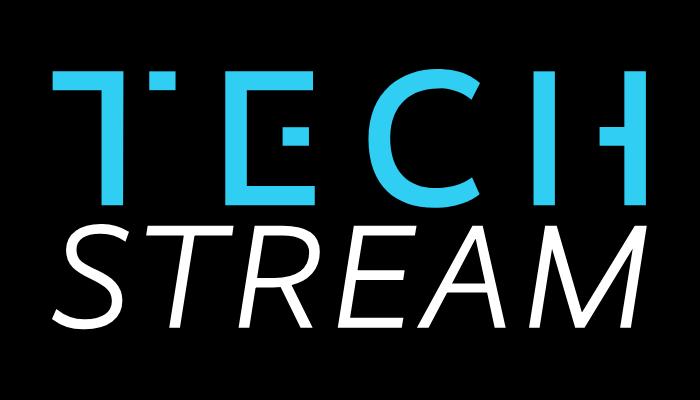Amid proclamations that greater adoption of artificial intelligence is going to cause a “robot apocalypse” in the workforce, is it possible to cut through the noise and figure out exactly which workers and industries are most exposed to AI disruption? In a recent report on artificial intelligence’s impact on the future of work, we tried to do exactly that. Using a novel technique developed by Stanford University Ph.D. candidate Michael Webb that uses AI-related patents to determine what types of jobs and tasks AI could affect, we analyzed the overlap between AI patents and Labor Department job descriptions to generate “exposure scores” for jobs in 22 major occupational groups.
The findings are surprising. Contrary to predictions that AI is going to devastate blue collar workers, it is the professional class that is more likely to see AI change their work. Indeed, AI has a distinct white-collar bent to it: engineering, science, and computer technology occupations are among the most at-risk, and business is the fifth highest position on the list.
In the interactive graphic below, mouse over jobs within occupational groups to see how exposed they are to innovations in AI:
AI could affect virtually every occupational group
Distribution of AI exposure scores for all detailed occupations in the United States by major occupational group, 2017
…
Source: Brookings analysis of Webb (2019)
As you can see, AI is poised to affect essentially every occupational group, but some much more than others. The highest median exposure score belongs to the agriculture industry, where Webb’s data on AI patent language found plenty of overlap with agricultural jobs in areas such as using geospatial technology and testing soil samples. It’s no surprise, too, that tech-heavy occupations such as those in engineering, science, and computer technology also have high exposure scores. At the low end, meanwhile, are occupations that are traditionally more face-to-face or service-orientated, such as education, food service, and personal care.
One important note on all this: Exposure scores represent AI’s potential to affect or insert itself into these positions. It doesn’t necessarily suggest AI will replace them. In fact, we found plenty of areas where AI’s effect could be to possibly create more jobs in that field through efficiencies that build demand. Either way, as the graph illustrates, just about every occupational group will find itself feeling the effects of artificial intelligence as the technology and its applications become more sophisticated and ubiquitous.
Read more: The full report is here.
Mark Muro is a Senior Fellow and Policy Director in the Metropolitan Policy Program at The Brookings Institution.
Jacob Whiton is a Research Analyst in the Metropolitan Policy Program at The Brookings Institution.
Robert Maxim is a Research Associate in the Metropolitan Policy Program at The Brookings Institution.
Michael Gaynor is a staff writer and editor at the Metropolitan Policy Program at Brookings.
The Brookings Institution is committed to quality, independence, and impact.
We are supported by a diverse array of funders. In line with our values and policies, each Brookings publication represents the sole views of its author(s).







Commentary
Interactive: What jobs is AI likely to disrupt?
May 13, 2020